Ransomware is a form of malware that encrypts files and demands payment for the decryption key. Attack vectors include phishing emails, compromised RDP ports, and drive-by downloads. Key statistics:
-
Global ransomware revenue reached over $20 billion.
-
1 in 10 organizations experienced at least one ransomware attack last year.
Understanding these threats drives the need for robust anti ransomware solutions that include prevention, detection, and recovery capabilities.
How We Selected These Solutions
All tools were evaluated on:
-
Real-time protection & rollback: Automated backup and file recovery.
-
Behavioral & signature-based detection: Multi-layer threat identification.
-
Ease of deployment & management: Centralized console and reporting.
-
Threat intelligence integration: Continuous updates from global research.
-
Performance impact: Low system overhead.
Each solution below meets stringent criteria for ransomware prevention and remediation.
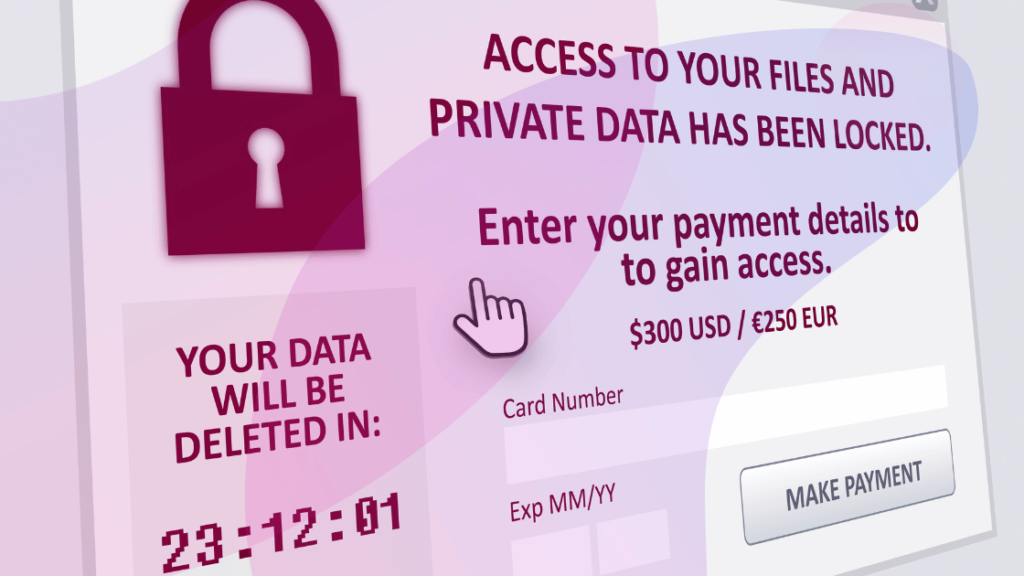
Top 15 Anti-Ransomware Software
1. Bitdefender GravityZone
Bitdefender GravityZone uses layered machine learning, behavior monitoring, and vaccination techniques to prevent ransomware infection.
-
Rollback via snapshot restore minimizes downtime.
-
Independent tests: 6/6 protection, 6/6 performance (AV-Test Jun 2018).
-
Pricing: Starts at $81 per unit (5 seats, annual).
Pros: Comprehensive controls; detailed forensics.
Cons: Lacks native rollback in some editions; complex patch setup.
2. Malwarebytes Endpoint Protection
Malwarebytes Endpoint Protection combines signature-less behavioral monitoring with heuristic rules to block unknown and zero-day ransomware variants.
-
Ransomware Rollback captures changes by process, enabling point-in-time restore.
-
MRG Effitas: 100% zero-day detection, zero false positives Q4.
-
Cloud-managed; unified agent.
Pros: Strong zero-day efficacy; rollback avoids re-imaging.
Cons: Advanced EDR features cost extra; pricing less transparent.
3. Sophos Intercept X
Sophos Intercept X leverages CryptoGuard to detect and revert encryption attempts in real time, plus exploit prevention and managed threat response.
-
Root cause analysis provides attack chain insight.
-
ESG Lab: Simple for generalists, advanced for analysts.
Pros: Deep learning detection; automatic file restore.
Cons: Only via partner channel; pricing opaque.
4. CrowdStrike Falcon
CrowdStrike Falcon’s cloud-native EDR uses lightweight sensors, Threat Graph telemetry, and rollback functionality.
-
SE Labs AAA award: 100% detection, protection, accuracy (EDR Ransomware).
-
MITRE ATT&CK mapping for context.
Pros: Rapid threat hunting; machine-speed prevention.
Cons: Requires expert tuning; occasional missed VM ransomware in community reports.
5. Kaspersky Endpoint Security
Kaspersky’s multi-layer protection includes exploit prevention, behavioral detection, and remediation engine to block and rollback ransomware changes.
-
AV-Test Sep: 100% block rate, zero file loss across scenarios.
Pros: Top lab scores; network IDS to stop SMB exploits.
Cons: Policy complexity; additional modules needed for full telemetry.
6. Trend Micro Apex One
Trend Micro Apex One uses machine learning, behavior analysis, virtual patching, and file reputation to block ransomware.
-
TechRadar: Advanced features but inconsistent detection; slow setup.
Pros: Virtual patching; comprehensive threat intelligence.
Cons: Slow installation; pricing on request.
7. ESET PROTECT
ESET PROTECT integrates Anti-Ransomware Shield with Folder Guard to block unauthorized file changes.
-
AV-Comparatives Jul–Aug: 99.1% real-world protection; 9.5 performance impact.
Pros: Low system overhead; granular control.
Cons: Initial sample removal lower than competitors; fewer remote management options.
8. SentinelOne Singularity
SentinelOne’s Singularity Platform combines autonomous AI detection, ActiveEDR, integrated backup, and one-click rollback.
-
CWPP: Real-time cloud workload protection with Storyline™ attack visualization.
-
Peer review: Restored encrypted files in real time.
Pros: Full XDR coverage; cross-platform visibility.
Cons: Higher pricing; occasional update and uninstall difficulties.
9. Webroot Business Endpoint Protection
Webroot uses signature-less, cloud-assisted AI and patented Evasion Shield to block file-less and script attacks.
-
TechRadar: Resource-efficient; inconsistent performance and reporting.
Pros: Lightweight agent; low TCO.
Cons: No Linux/mobile support; subpar threat logs.
10. VMware Carbon Black (CB Defense)
Carbon Black replaces signatures with behavior-based streaming prevention and continuous process recording for rollback.
Pros: Lightweight agent; detailed process telemetry.
Cons: Complex configuration; log volume issues.
11. Acronis Cyber Protect
Acronis unifies backup, anti-malware, and endpoint security with backup-scanning to prevent restoring infected files.
-
Performance: 3.5 hr initial 500 GB backup; 20 min incrementals.
Pros: Best-in-class backup/recovery; integrated console.
Cons: Higher resource use; fewer cutting-edge security features.
12. F-Secure Elements Endpoint Protection
F-Secure Elements offers deep learning detection, quarantine, and forensic flow charts via EDR in the Premium tier.
Pros: Strong exploit mitigation; expert support for EDR.
Cons: High price for EDR; partner-only sales.
13. Avast Business Antivirus Pro Plus
Avast uses multi-shield protection, sandbox browser, VPN, and data shredder alongside ransomware shields.
-
AV-Test Jan–Feb 2019: 6/6 protection, 5.5/6 performance.
Pros: Ease of management; bundled extras.
Cons: No EDR; mobile/device gaps.
14. Cybereason Defense Platform
Cybereason’s AI-driven XDR exposes and intercepts every MalOp across endpoints with attack-centric analytics.
Pros: MalOp context; automated prevention layers.
Cons: Primarily enterprise-focused; requires in-house expertise.
15. Microsoft Defender for Endpoint
Defender for Endpoint integrates OS-level hooks with AI and attack surface reduction rules to block ransomware.
-
Built-in protection auto-enables tamper protection, cloud block mode, and network protection with default rules.
Pros: Built into Windows; AI-powered attack disruption; broad platform support.
Cons: Full capabilities require Plan 2 license; policy conflicts possible.
Comparative Table
| Solution | Block Method | Rollback | Key Lab Scores or Awards | Pricing |
|---|---|---|---|---|
| Bitdefender GravityZone | ML, behavior, vaccination | Snapshot | AV-Test 6/6 protection, 6/6 performance | $81/unit (5 seats) |
| Malwarebytes Endpoint Protection | Behavior monitoring | Ransomware RB | MRG Effitas 100% zero-day detection | Tiered; cloud-managed |
| Sophos Intercept X | Deep learning, CryptoGuard | CryptoGuard | ESG Lab positive usability | Partner channel |
| CrowdStrike Falcon | Cloud-native EDR | One-click | SE Labs AAA 100% protection | Subscription, per endpoint |
| Kaspersky Endpoint Security | Exploit prevention, behavioral | Remediation | AV-Test 100% block, zero loss | Per endpoint, volume discounts |
| Trend Micro Apex One | ML, behavior, virtual patching | N/A | Mixed TechRadar verdict | Quote-based |
| ESET PROTECT | Heuristics, Folder Guard | Backup restore | AV-Comparatives 99.1% protection | Per device |
| SentinelOne Singularity | AI, ActiveEDR | Integrated BK | Real-time cloud CWPP; peer restore | Custom quotes |
| Webroot Business Endpoint Protection | Cloud AI, Evasion Shield | N/A | N/A | $27.6–$30/endpoint |
| VMware Carbon Black (CB Defense) | Streaming prevention | Continuous | N/A | Custom quotes |
| Acronis Cyber Protect | Signature + backup-scanning | Backup restore | N/A | $49.99/yr (Home) |
| F-Secure Elements | Heuristics, DeepGuard | N/A | Editors’ Choice | $46.20–$83.34/device/yr |
| Avast Business Antivirus Pro Plus | Multi-shield, sandbox, VPN | N/A | AV-Test 6/6 protection | $36.99–$46.99/endpoint/yr |
| Cybereason Defense Platform | AI-driven XDR | N/A | N/A | Enterprise pricing |
| Microsoft Defender for Endpoint | Attack surface reduction, AI | Auto-disrupt | 91% devices saved from encryption | Plan 1/Plan 2 licensing |
Actionable Best Practices
-
Enable automated backups: Regular, off-network backups allow rapid recovery without paying ransom.
-
Apply the principle of least privilege: Limit user permissions to prevent unauthorized encryption.
-
Patch management: Keep OS and applications up to date to close exploitation points.
-
User training: Conduct phishing simulations and ransomware awareness workshops.
-
Network segmentation: Isolate critical servers and data stores from general user networks.
-
Implement multi-factor authentication: Reduce risks from stolen credentials.
FAQ Section
1. What is anti-ransomware software?
Anti-ransomware software detects, blocks, and remediates ransomware attacks using behavior-based analysis and signature detection.
2. How do I choose the best anti-ransomware solution?
Compare features like rollback capability, real-time protection, centralized management, and integration with existing workflows.
3. Can anti-ransomware tools prevent zero-day attacks?
Tools with machine learning and behavioral analysis provide the best defense against zero-day variants.
4. Is it necessary to have both backup and anti-ransomware software?
Yes. Backups ensure data recovery if an attacker bypasses prevention controls.
5. How often should backups be tested?
Monthly testing ensures backup integrity and restores processes function correctly.
6. Do cloud-based anti-ransomware solutions offer better protection?
Cloud-native platforms provide real-time threat intelligence and rapid updates, improving detection rates.
7. Can small businesses use enterprise-grade anti-ransomware tools?
Many vendors offer scalable options tailored for SMB budgets and resource constraints.
8. Are free anti-ransomware tools effective?
Free versions often lack advanced features like rollback and EDR, limiting protection against advanced threats.
Conclusions & Recommendations
-
Enterprise customers should prioritize solutions with robust EDR and XDR capabilities: CrowdStrike Falcon, SentinelOne, Sophos Intercept X, and Cybereason.
-
SMBs with limited resources may find Bitdefender GravityZone, Malwarebytes, or Webroot cost-effective and easy to manage.
-
Built-in Windows environments benefit from Microsoft Defender for Endpoint Plan 2 for seamless integration and zero-day defenses.
-
Backup integration is essential: Acronis Cyber Protect and Malwarebytes offer comprehensive restore capabilities.
Selecting the ideal anti-ransomware solution depends on your organization’s size, technical expertise, and existing infrastructure. Prioritize multi-layer detection, efficient rollback, minimal performance impact, and third-party validation to maximize protection.

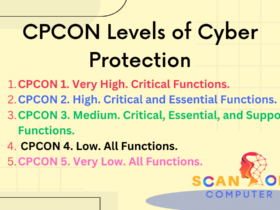


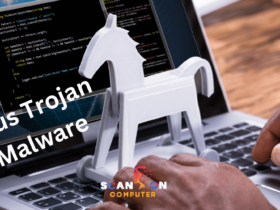
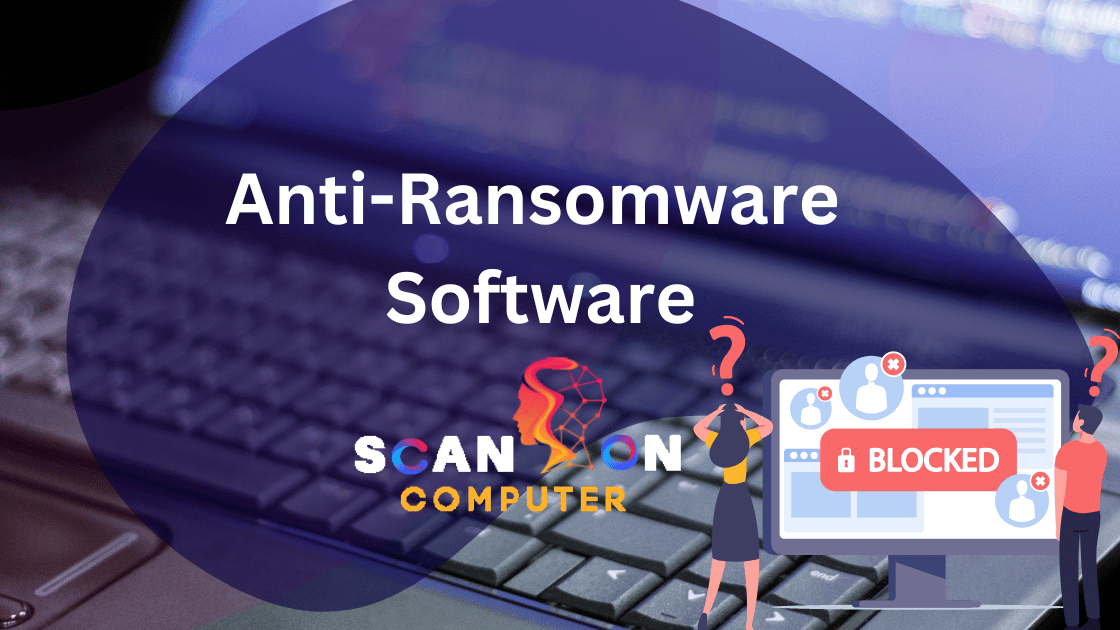

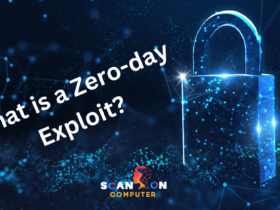
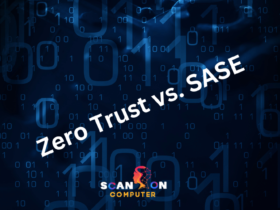
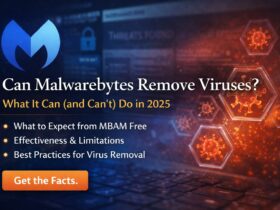
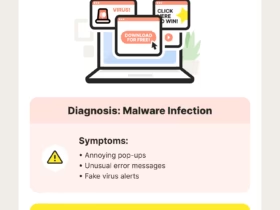
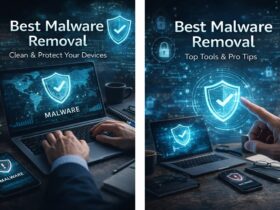
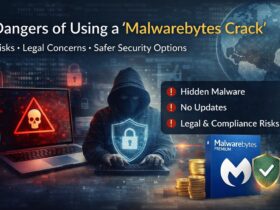
Leave a Reply
View Comments